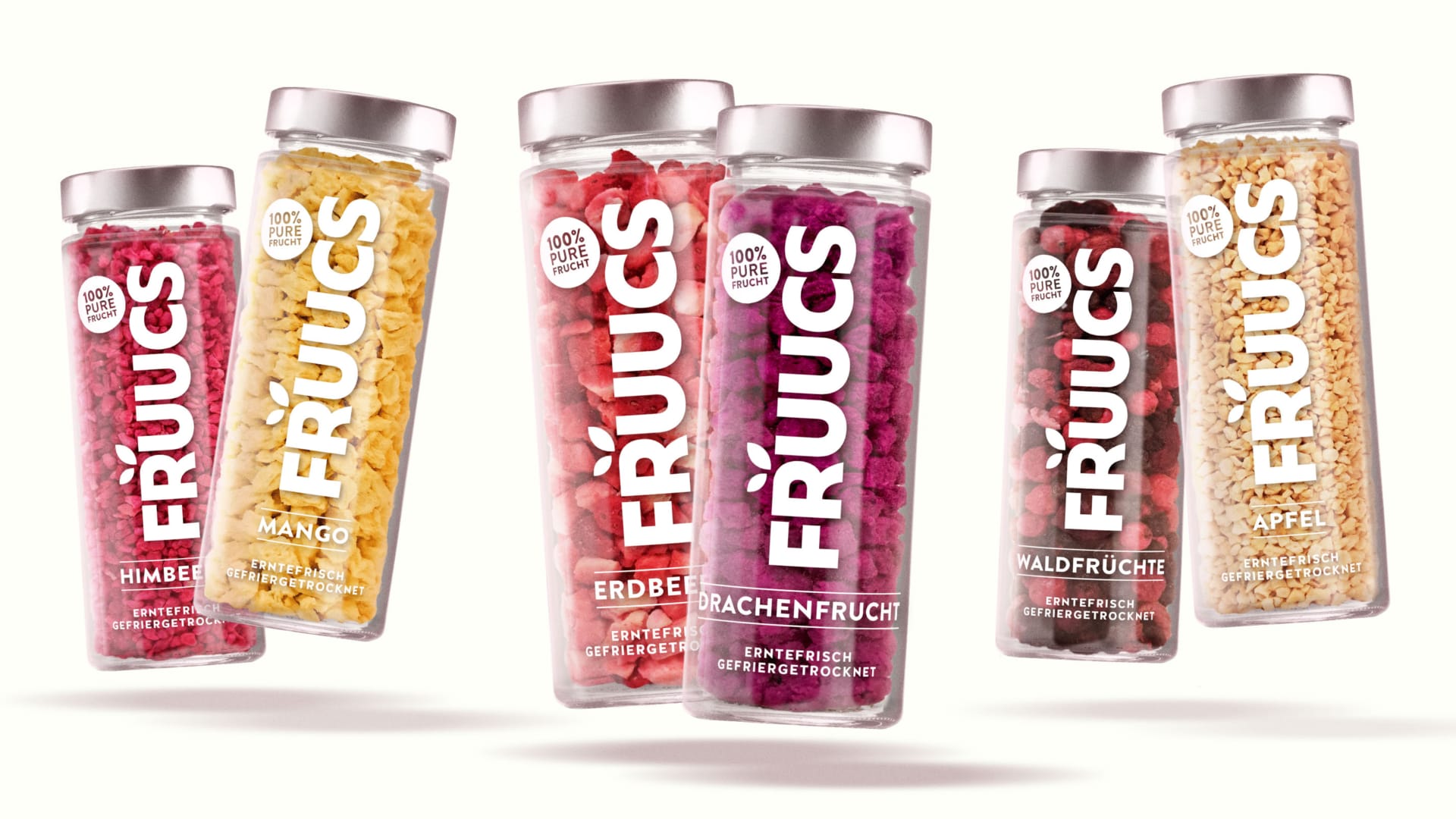How is brand impact created at the point of sale?
The success of a brand is decided at the point of sale.
Design, communication and product must work together perfectly here, where buying impulses are created.
Brand impact at the POS means that packaging, presentation and storytelling convince in seconds – emotionally, visually and intuitively.
We show how brands work at the POS, which factors influence buying behavior and how packaging contributes specifically to brand management.
Table of contents
- Brand impact starts with packaging
- The key factors influencing brand impact at the POS
- Practical examples from brand and packaging practice
- Challenges & trends at the POS
- Conclusion & recommendation for action
Definition & Context
Brand impact starts with packaging
Packaging is the first physical contact between brand and consumer.
It conveys values, quality and trust – even before the product is tried out.
At the POS, it acts as a miniature of the brand: design, color, typography, structure and material tell who the brand is and what it stands for.
A strong packaging design creates recognizability, differentiation and emotional connection – the three key factors of successful brand impact.
The key factors influencing brand impact at the POS
1. visibility & shelf impact
On crowded shelves, the winner is the one who stands out.
Color contrasts, clear structures and strong brand logos help to attract visual attention.
Shelf Impact is created through a precise design system, optimal placement and brand-defining elements.
2. brand identity & storytelling
Brand impact is consistent communication.
A coherent packaging design translates brand values into visual codes – from the logo to the material.
Storytelling via text, icons and visual symbolism creates an emotional connection and trust.
3. structure & ergonomics
Design, opening mechanism and handling contribute to recognition.
Characteristic packaging can become a physical trademark – example: iconic bottle shapes or closure details.
4. emotional appeal & category fit
Packaging must function in its category – but still differentiate itself.
Premium products need reduction and material quality, impulse articles need energy and dynamism.
5 Sustainability as a brand factor
Responsible materials, recyclability and transparent communication are now part of the brand impact – especially with younger target groups.
Examples from practice

Birkel Minuto – Shopper activation at the point of sale
The instant noodle shelf is a real challenge for the searching eye. Many brands, many varieties with small differences with great similarity. The pasta snacks from Birkel also have to hold their own here every day and want to be found quickly. After all, they should not only be really tasty and filling, they should also put an end to hunger quickly and easily.

FRUUCS – 100% pure fruit
Our packaging design for FRUUCS tells the pure story of nature. From the orchard to the food retail shelf. The freeze-dried fruit takes center stage. Colorful, bright, lively – this creates an emotional connection to the product that you can see and taste. From rich strawberry red to deep blueberry blue. Each fruit provides its own natural color for a colorful variety in a fruity range with a high recognition value. The single-colored, white look of the umbrella brand with its fresh, minimalist style brings lightness to the shelf – and differentiates itself specifically in the snack segment.
Challenges & trends at the POS
Versatile touchpoints and changing purchasing behavior
Multichannel Experience
Today, brands have to be convincing both in-store and digitally.
The POS is becoming a stage – packaging and digital communication must offer a consistent experience.
Changed purchasing behavior
Shoppers make decisions faster and more emotionally. Brands that focus on clarity, attitude and simplicity win.
Changing retail formats
Self-checkout, online grocery retail and automated displays are changing how products are presented – packaging must be adaptive.
Sustainability & credibility
Green claims and eco-design are critically scrutinized. Transparent brand communication creates trust at the shelf.
Data & AI at the POS
Heatmaps, eye tracking and AI analyses help to make design decisions measurable – brand impact is optimized based on data.
Conclusion
Recommendation for action
Brand impact at the POS is the result of strategy, design and experience.
It is created when packaging, space and brand function as a unit – emotionally, relevant and credible.
Recommendations for brands:
- Develop a consistent POS strategy across all channels.
- Test visibility and recognition regularly in the competitive environment.
- Use data to validate design decisions.
- Think of brand staging as part of the customer journey – from the shelf to the digital space.
Those who see the POS as a stage transform every product into a tangible brand world.